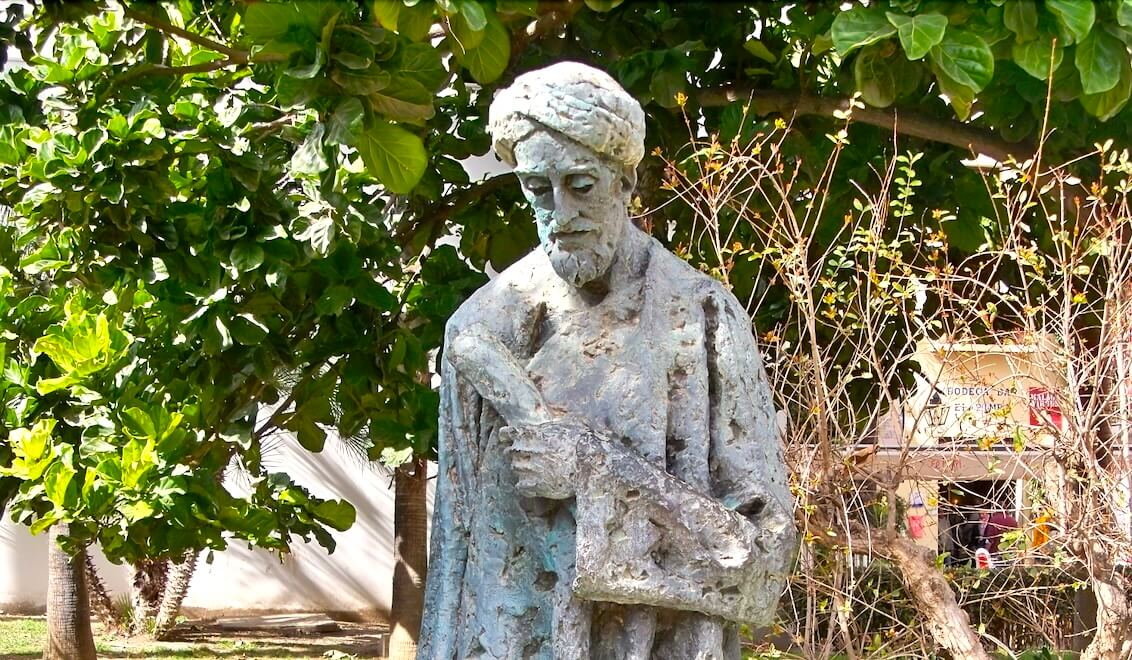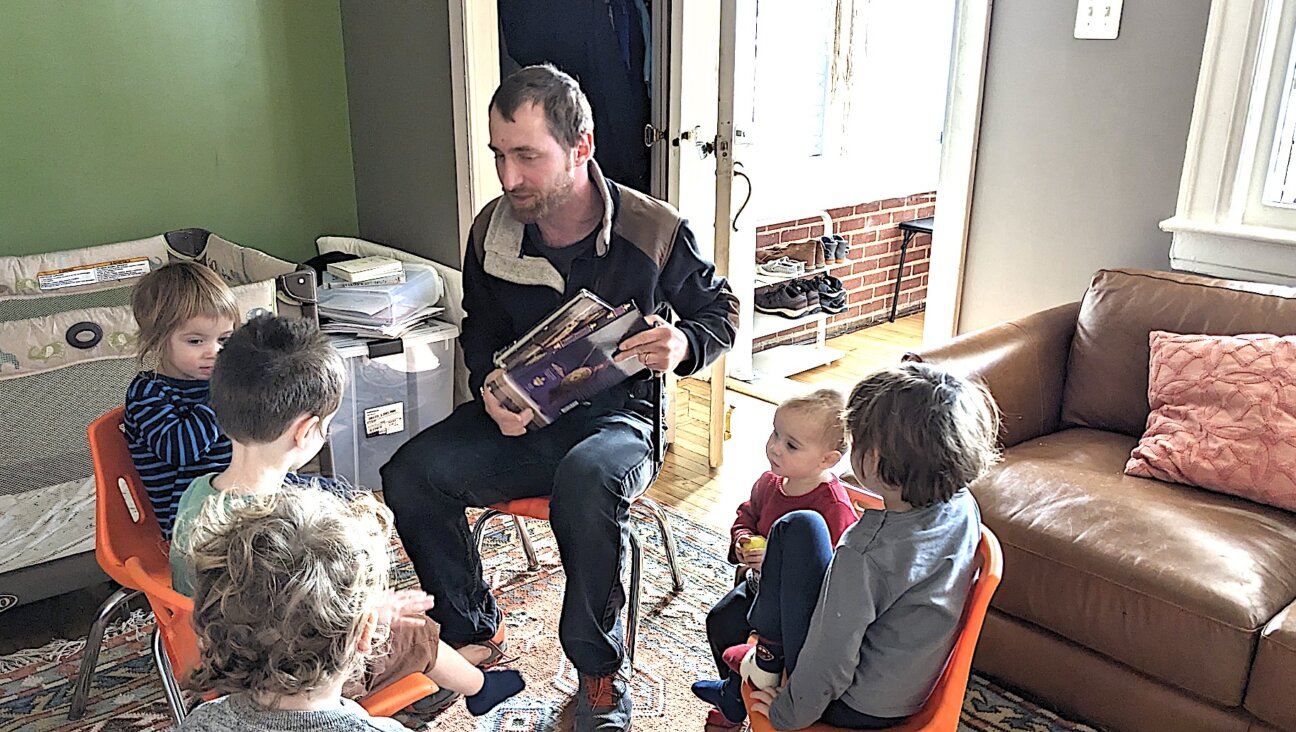These Are the Journeys
The last portion in the Book of Numbers, Mas’ei, begins with an ancient version of a Triple-A guidebook:
“These are the journeys of the Children of Israel, who went forth from the land of Egypt according to their legions, under Moses and Aaron.” (Numbers 33:1)
During their 40-year sojourn, the Israelites decamped in 42 places — all of them recorded in chapter 33 of the Book of Numbers. At first glance, this seemingly endless list of places may seem superfluous, but reading through it sparks the midrashic imagination.
Rashi maintains that cataloguing the details of the Israelites’ encampment over the course of 40 years demonstrates God’s kindness toward them. Because of the Israelites’ bad behavior (think the golden calf debacle), an 11-day journey stretched over 40 years. But God never forced them to move from place to place until they were rested. Rashi goes on to detail the wilderness itinerary. In year one the Israelites moved 14 times. In the final year the number was eight. This means that in the intervening 38 years, the people moved only 20 times, and one of those stays lasted 19 years.
And so it went with the summer vacations of my childhood. A friend invented an adjective for those August sojourns. “Wandery,” she said. “You were everywhere and nowhere.” With the exception of the summer we went to Florida on the Silver Meteor, we were car-bound, the modern day Israelites of Central Connecticut.
There was nothing meteoric about a 26-hour train ride, during 21 of which my sister and I had motion sickness. That trip was our first introduction to geographical midrash. From the window of our closet-sized sleeper we saw the Capitol and the Washington Monument for the first time. But midrashic inspiration came from more commonplace images like the lit windows of houses and diners that dotted our nighttime ride. In them we glimpsed scenes that might have inspired Edward Hopper. It was along the train tracks in South Carolina where black children — the ages of my sister, brother and me — ran barefoot alongside the lumbering train. In Georgia, we saw shacks that sat just a few feet away from the rails. By the time we reached Florida, I wanted to save the world.
The centerpiece of our vacations was the long, hot car rides through New England, upstate New York or Pennsylvania. Every year my father presented the various destinations that he read about in the “AAA Tour Book.” Those books were his bibles — offering information on hotels and restaurants, as well as every trivial site along the way. Once we had a destination, Dad and I went to the local Triple-A office where we collected maps that I never could fold quite flat. Someone who worked there highlighted our route on those maps with a thick red marker, giving our itinerary importance and urgency.
Days before our departure, Dad studied the maps the way I imagine he studied charts on the deck of his supply ship during the Second World War. Dad was our guide, our Moses, behind the wheel of a ‘65 Chevy. “I would go with your father to the end of the earth,” my mother declared. But only in a car. She was terrified of flying.
If the Triple-A travel adviser was Dad’s navigator, then I was his backseat co-pilot. Tour book in hand, I read aloud about every single town through which we drove. When a place sounded particularly interesting, we tarried for a night or two.
In the Bible it was 42 stops on the way to nationhood. But what to make of the six cities of refuge? The strange real estate is described in Mas’ei: “You shall designate cities for yourselves, cities of refuge shall they be for you, and a murderer, who takes a life unintentionally shall flee there. The cities shall be a refuge for you from the redeemer, so that the murderer will not die until he stands before the assembly of judgment” (Numbers 35:11-12).
Maimonides and others have emphasized that these cities reflected God’s mercy on the hapless citizens by having proper streets and working wells. The Levites were in charge, ensuring that detainees had access to spiritual and emotional cleansing. For safety’s sake, the inhabitants could not fall below a certain number. If that number decreased, then the kohanim, the priests, were recruited to boost the population by inhabiting the city. Students who were sentenced to live in a city of refuge could bring their teachers. A teacher could bring his entire class. These accommodations reflected the belief that a life devoid of learning was akin to death.
Dad asked me to read about each small town that we drove through because he believed that every place deserved acknowledgment. He honored the local population — a number I always quoted upon entering the city limits — by appreciating their surroundings. He loved and defended a country that was the ultimate refuge for the world.
My dad never read the Bible, but I think he would have admired a city that offered its citizenry a place to reflect and to begin anew. He would have asked me to read everything about it as we drove from one end of our world to the other.
Judy Bolton-Fasman, a research associate at the Hadassah-Brandeis Institute, is writing a memoir about the year she recited Kaddish for her father.
















